Beyond Bond
Disregarding its most famous customer, what is Aston Martin all about?
all images © Aston Martin Lagonda Ltd
Imagine for a moment if James Bond movie producers, Albert R Broccoli and Harry Saltzman, had come to an agreement with Jaguar Cars Ltd’s Sir William Lyons to have an E-type feature in 1964’s Goldfinger. How many enthusiasts would remember Aston Martin anno 2022? And for which reasons exactly?
Bond may the marque’s most prominent association, but Aston Martin’s most faithful companion to this day has been crisis. With the company trying to assert its place in the market once again, a look at what constituted Aston Martin design - beyond Bond - in the past would appear to be a worthwhile exercise.
Studying Aston Martin’s post-war product history, it would be hard to ignore that Astons typically didn’t sell on the basis of their gorgeous looks. Next to the Italian competition, almost all Aston Martin GTs appeared somewhat heavy and brutish. Even the Carrozzeria Touring-designed DB4 & 5 models sported more conservative and upright a look than the competing Maserati models - to say nothing of the significantly more dramatic, athletic domestic competitor built at Browns Lane. Yet there was a space - albeit a small one at that - for Newport Pagnell’s brand of cast-iron potent luxury amid the rather more dashing gran turismo offerings available elsewhere.
This stylistic approach by and large also applied to Aston’s first in-house design, the original DBS, which combined some crisp, Italianate lines with unashamedly American a stance. The latter aspect would gain increasingly burly a quality, as DBS evolved into V8 and Vantage, gaining pounds and pounds of visual muscle over the course of the ‘70s and ‘80s. Tellingly, this model line’s final versions managed to avoid the fate of the Lamborghini Countach, never turning into a vulgar caricature of itself, despite the high quantities of visual testosterone being injected into an ageing shape. This was due to Aston’s custodians at the time knowing where to stop (rear spoilers) and what to cherish (genteel wood & leather interiors). An old macho the late Vantage most certainly was, but it knew better than getting involved in a drinking contest at the pub with the young ones.
The same cannot be said about the Aston Martin Virage and its derivates. An attempt at updating its predecessor’s architecture, courtesy of a more contemporary style, the Virage illustrated that for component sharing to remain largely undetected, those components ought to be framed within a convincing design theme - as had been the case with most Italian and British post-war performance cars. However, in the absence of the latter (what with the Virage’s two-decades-old chassis being clad in bland surfaces and graphics), the former appeared utterly incongruous. With its Audi lights upfront, VW Scirocco units at the rear and a Ford Crown Victoria-sourced airbag steering wheel, the Virage’s powers of seduction rested entirely on the marque’s inherent appeal, rather than the design at hand. Had this car worn a Jensen or Austin-Healey badge instead, it might have provided the final incentive for a struggling company to give in to fate.
After this flirt with oblivion, Aston Martin eventually made a comeback, courtesy of a model that would define the marque’s style for several decades. Both ironically and tellingly, the DB7 is no real Aston Martin in terms of either pedigree or visuals, what with its roots in an abandoned Jaguar project having always been in plain sight. Yet the combination of the Aston Martin nameplate and Browns Lane School looks of a higher order than those offered by Jaguar themselves at the time lured enthusiasts and customers alike, curiously lending the Aston marque a new sense of relevance in the luxury performance car realm.
In the wake of DB7’s success, the ensuing Vanquish top-of-the-line model made a successful attempt at rediscovering Aston’s macho gentleman flair: Burly proportions made a dramatic return, effectively diverting attention away from the several rough aspects of Vanquish’s design. Less pretty, but more imposing than DB7, Vanquish seemed to herald a return to Aston Martin’s roots, despite the absence of wood trim or a manual gear box.
However, the following model eventually set an altogether different template. Gone was Vanquish’s brawny, brutal impact, replaced with refinement, balance and elegance. In the DB9, Aston Martin had created a great beauty for the first time in the storied company’s history, rendering any competitor ever so slightly coarse. In a sense, this GT evolved the DB7 formula to perfection - although to claim it was the prettiest car Jaguar never made wouldn’t do it justice. Despite lacking the heft of most historical Aston designs (as well as Vanquish), the overall grace of DB9 elevated the model and hence the marque beyond the status of being, to varying degrees, an acquired taste. On grounds of visual appeal and flair, DB9 was an Aston Martin requiring no excuses whatsoever.
As a consequence of DB9’s (and its V8 Vantage sibling model’s) stylistic accomplishment, Aston Martin’s overall appeal far exceeded the Bond and orthodox brand enthusiasts circles for the first time. These were no charmingly quirky cars, but the most beautiful pieces of machinery available at the time.
To improve on these designs would’ve ranked among the most fiendishly difficult jobs in the business. Accordingly, each facelift and new variant brought about change, rather than improvement, to increasingly diminishing results. The following - and still current - generation of Aston sports cars accordingly didn’t even attempt to match their predecessors’ elegance, but went for a more extrovert, exceedingly ornamental approach that also brought about a return of Aston’s historical detail design crudeness.
It most certainly isn’t due to the latter that those DB11 and Vantage models have failed to have much of an impact, however. Vainly attempting to respond to a changing market, Aston’s creative leadership had wilfully abandoned one of the marque’s core traits: genteelness. The cabins were no more solid than in the past, but had lost the traditional allure of the handmade-yet-flawed that was still present inside a DB9. By contrast, a DB11’s interior feels like a deeply ordinary environment that clumsily attempts to deceive, courtesy of certain obvious tricks. The exterior, on the other hand, seems to be aimed at appealing to dot-com billionaires, while forgetting about the middle aged Hollywood agent millionaire (who went and begrudgingly bought a Bentley Continental GTC instead).
On the outside, the DB11 is not outright unappealing, but confusing. Moreover, for many a stretch of Old World infrastructure, it’s simply disconcertingly wide - at least to Europeans of a certain age. This latter aspect also applies to the smaller Vantage model, which comes with the added deficit of seeming almost intentionally unattractive. To begin with - and like DB11 - it doesn’t convey an impression of being a luxury product; in a parallel world, it would make for a fairly convincing Toyota Supra. Additionally, it seems to have been created under the impression that people buy an Aston Martin because it’s some type of thoroughbred performance car - a category of automobile that has infinitely richer a history in Stuttgart Zuffenhausen or Maranello. Yet this Vantage is clearly supposed to exude Gran Turismo flair only with regards to the video game and hence holds very little appeal to drivers who appreciate not just power and speed, but elegance. However, this approach would only make sense in a hypothetical market where no Porsches, Ferraris or McLarens are available.
So, all things considered, it hardly comes as a surprise that Aston Martin’s current GT range is hardly coveted. Other than the Bond association, focus on what an Aston is supposed to be seems to have been lost amid a concerted effort to broaden the marque’s appeal - a process during which more was lost than gained.
For, as Jaguar found out the hard way, nobody wants a British BMW. Whether the world truly needs a British Ferrari may hence be put into question. After all, there also was an Italian 007, back in the Aston DB5’s heyday, named James Tont. He’s largely forgotten today.








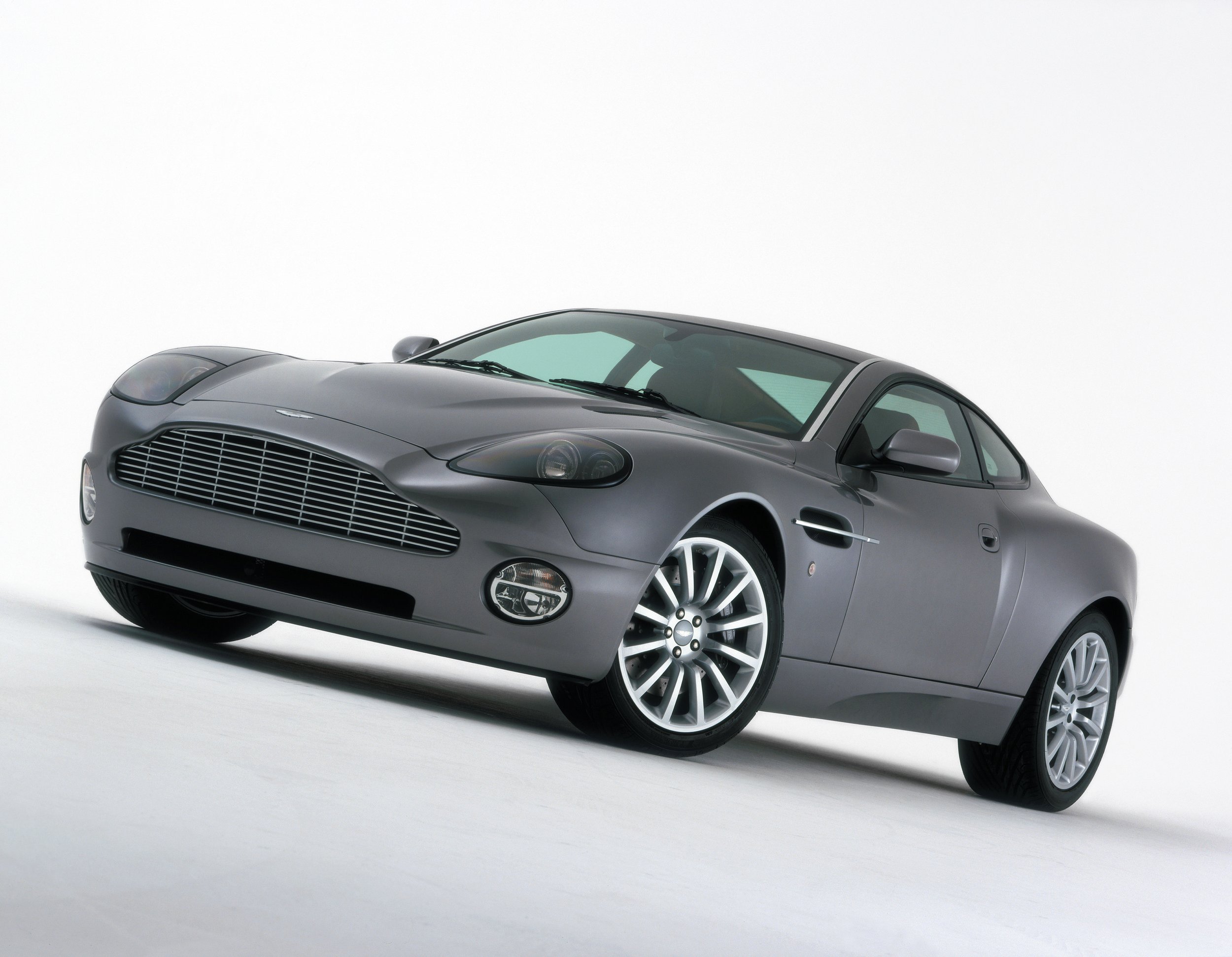
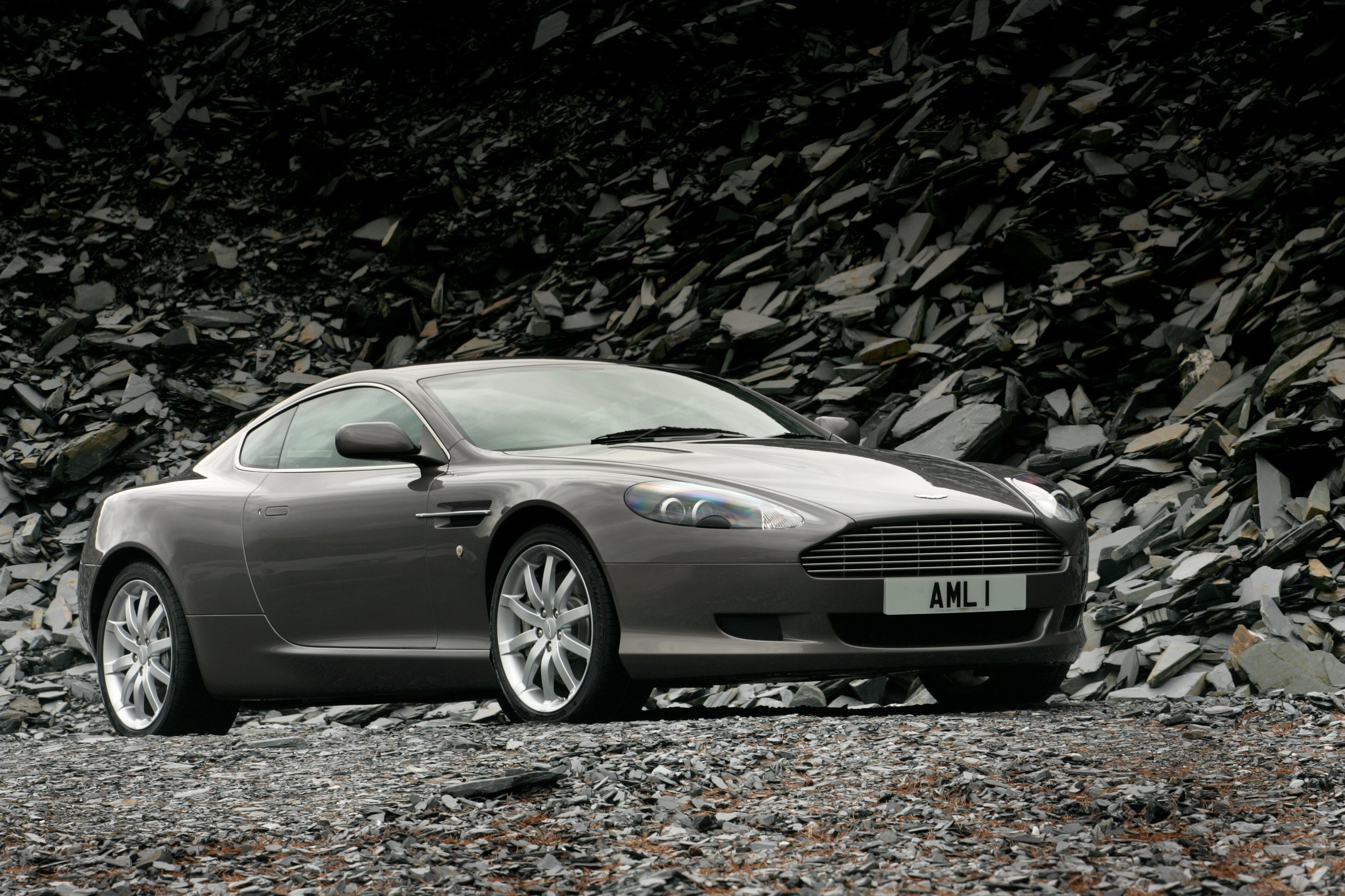
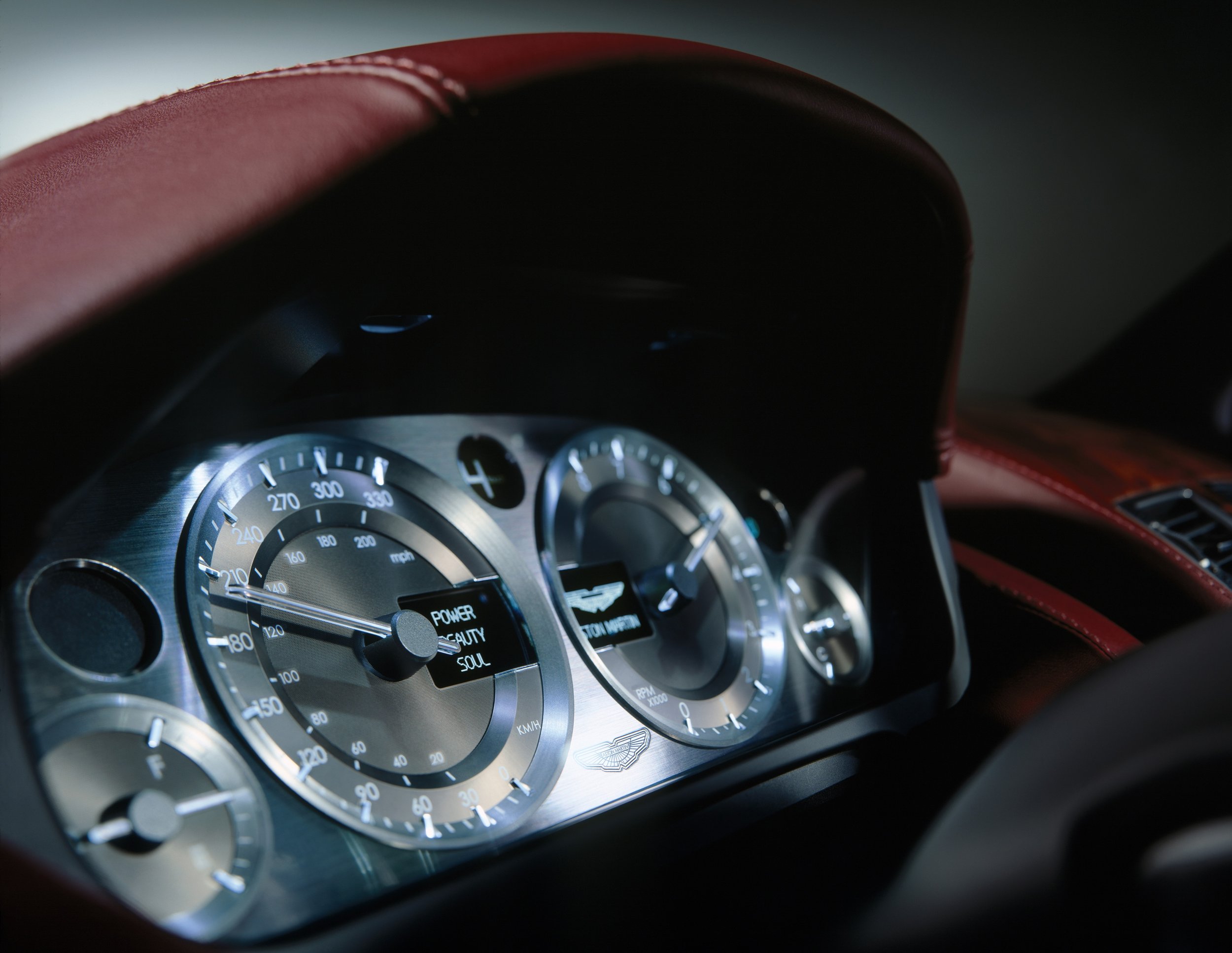
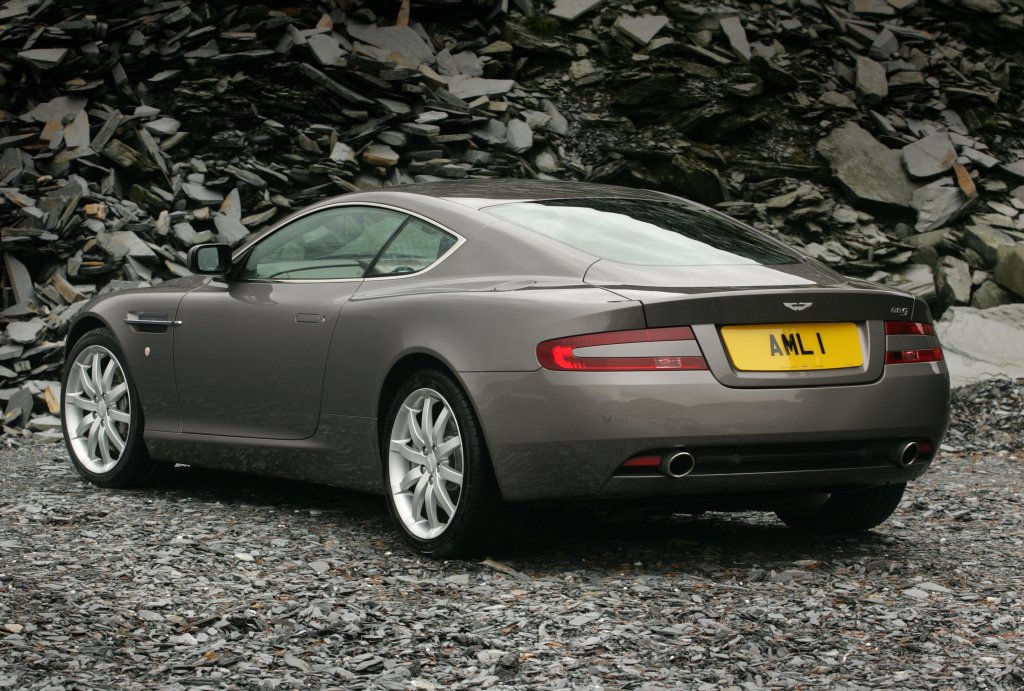
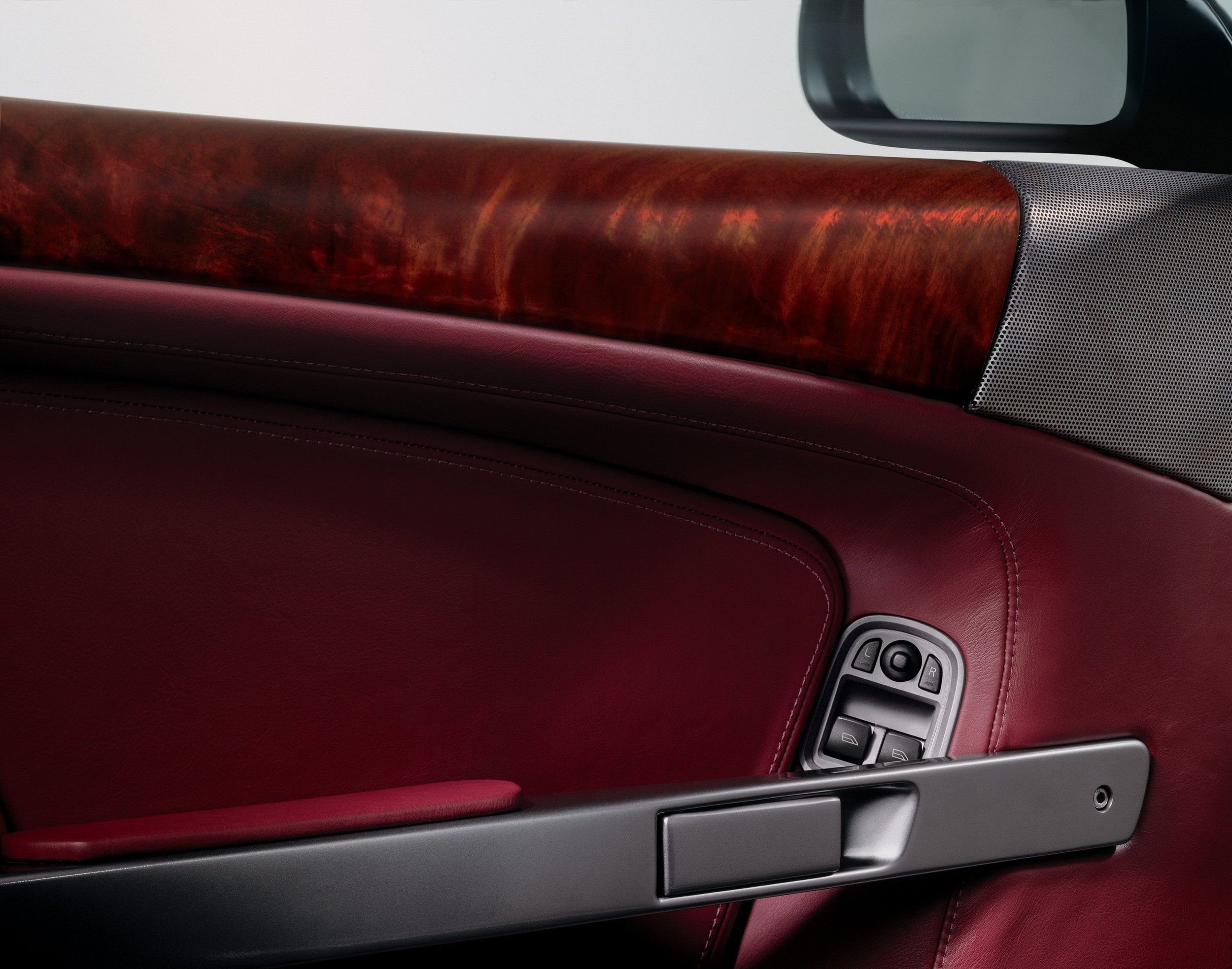
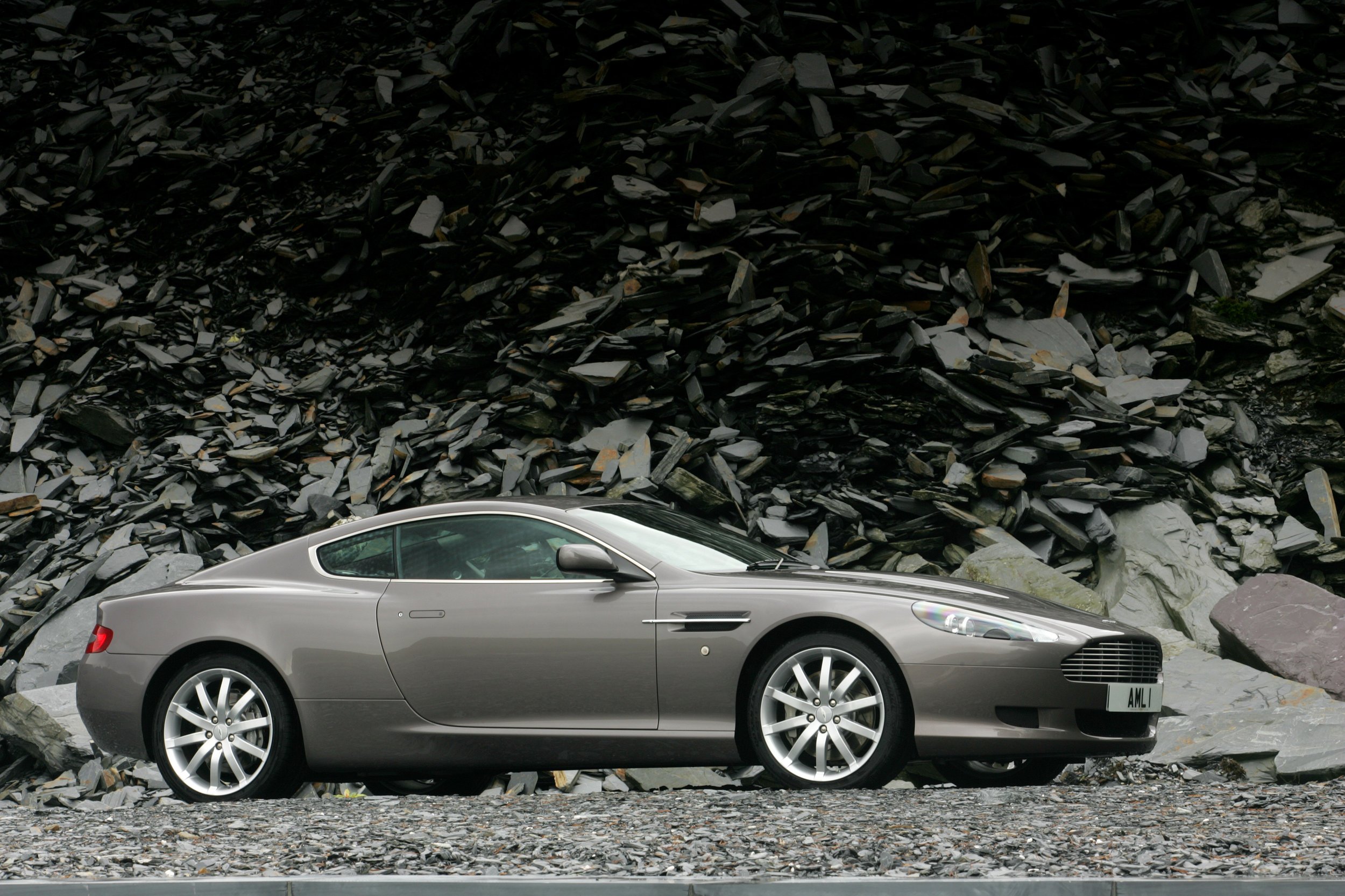


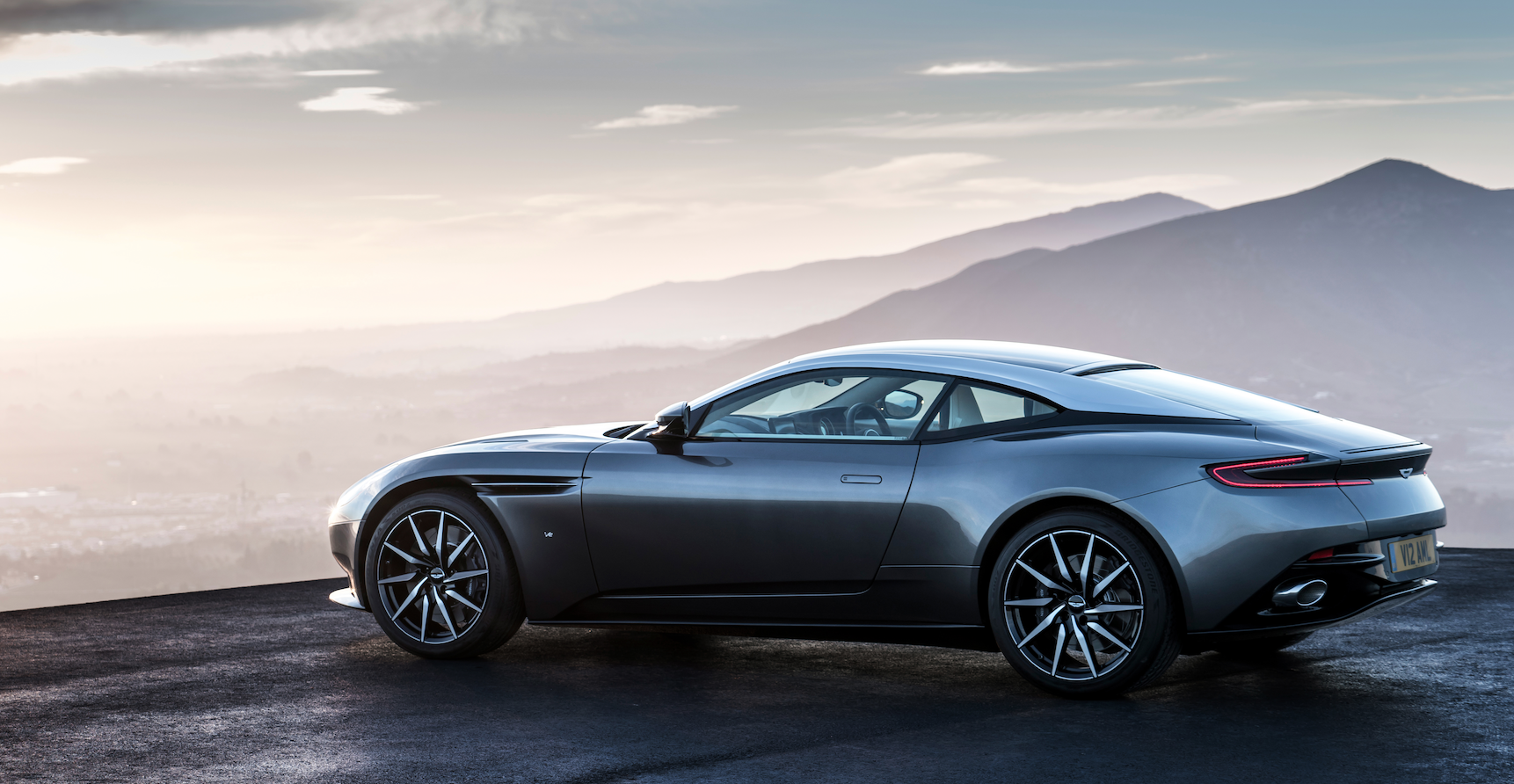


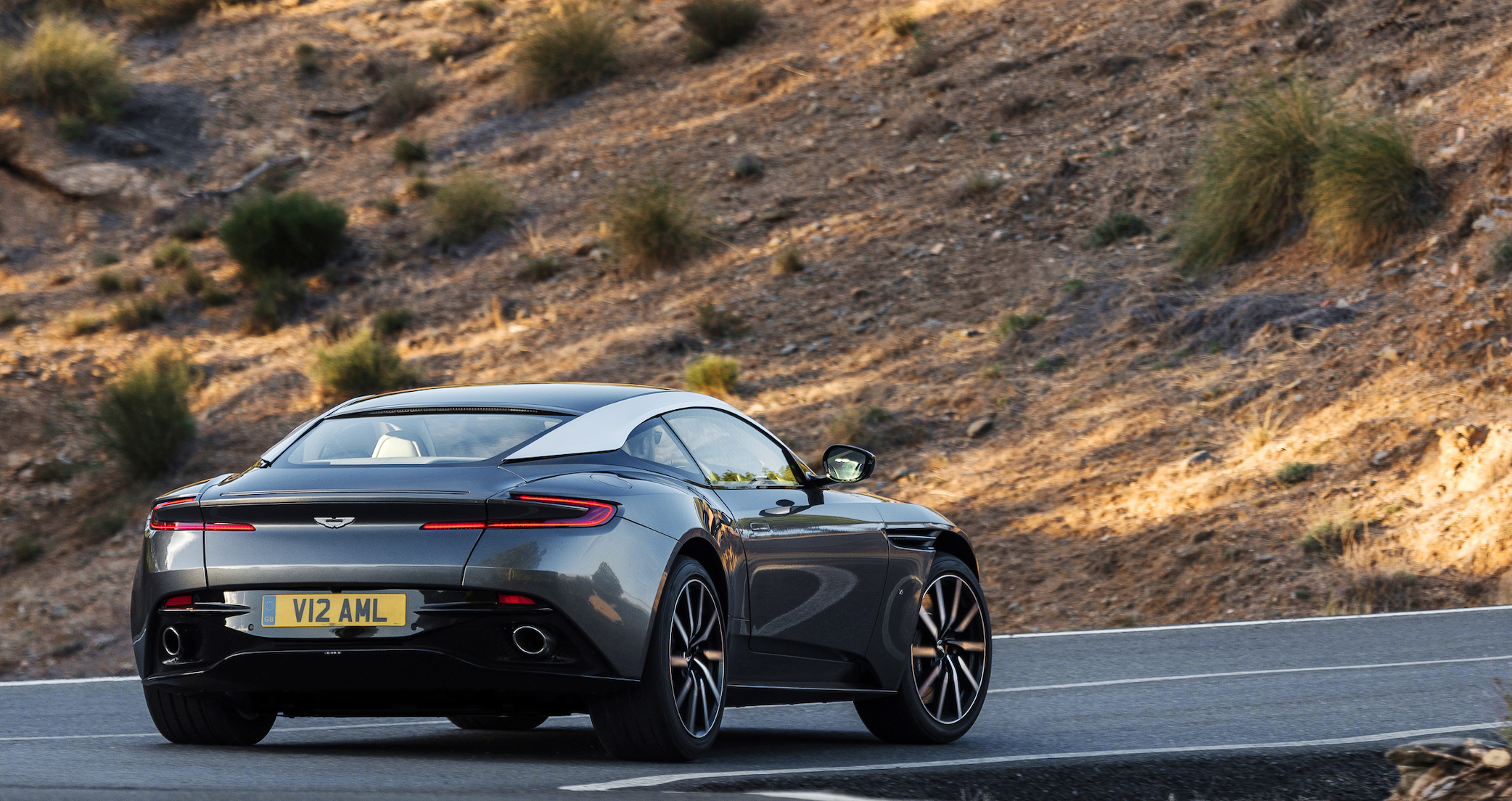



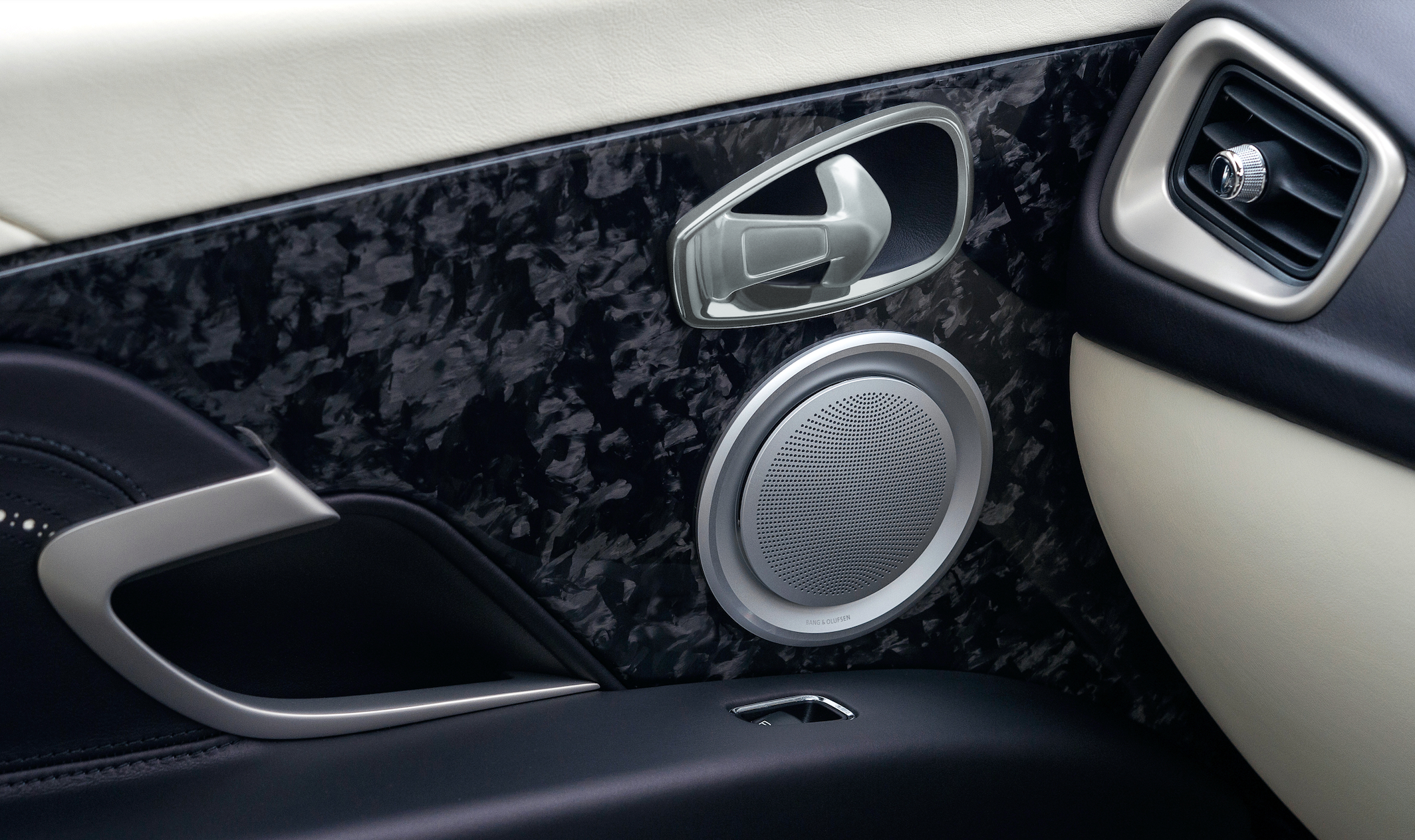



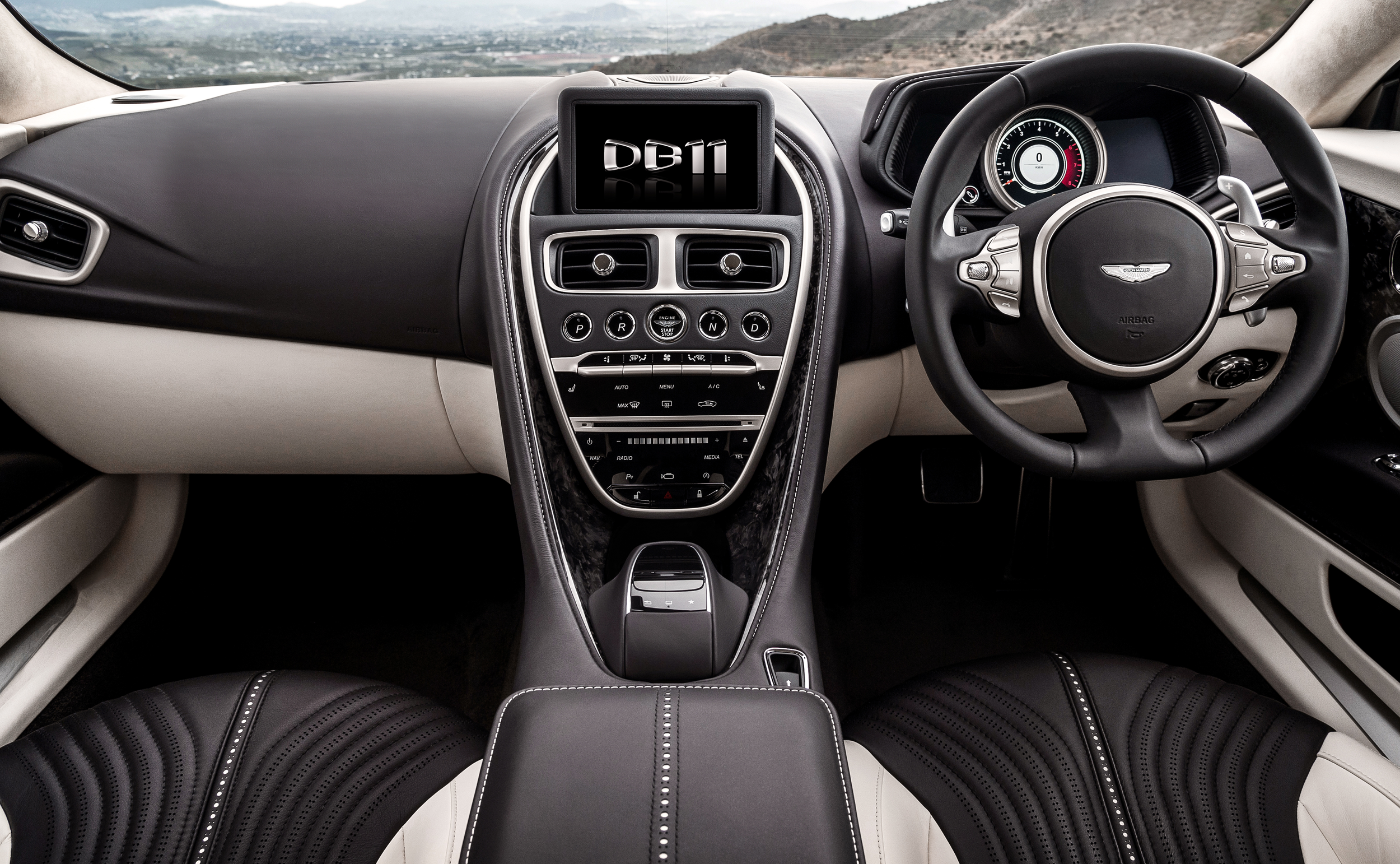






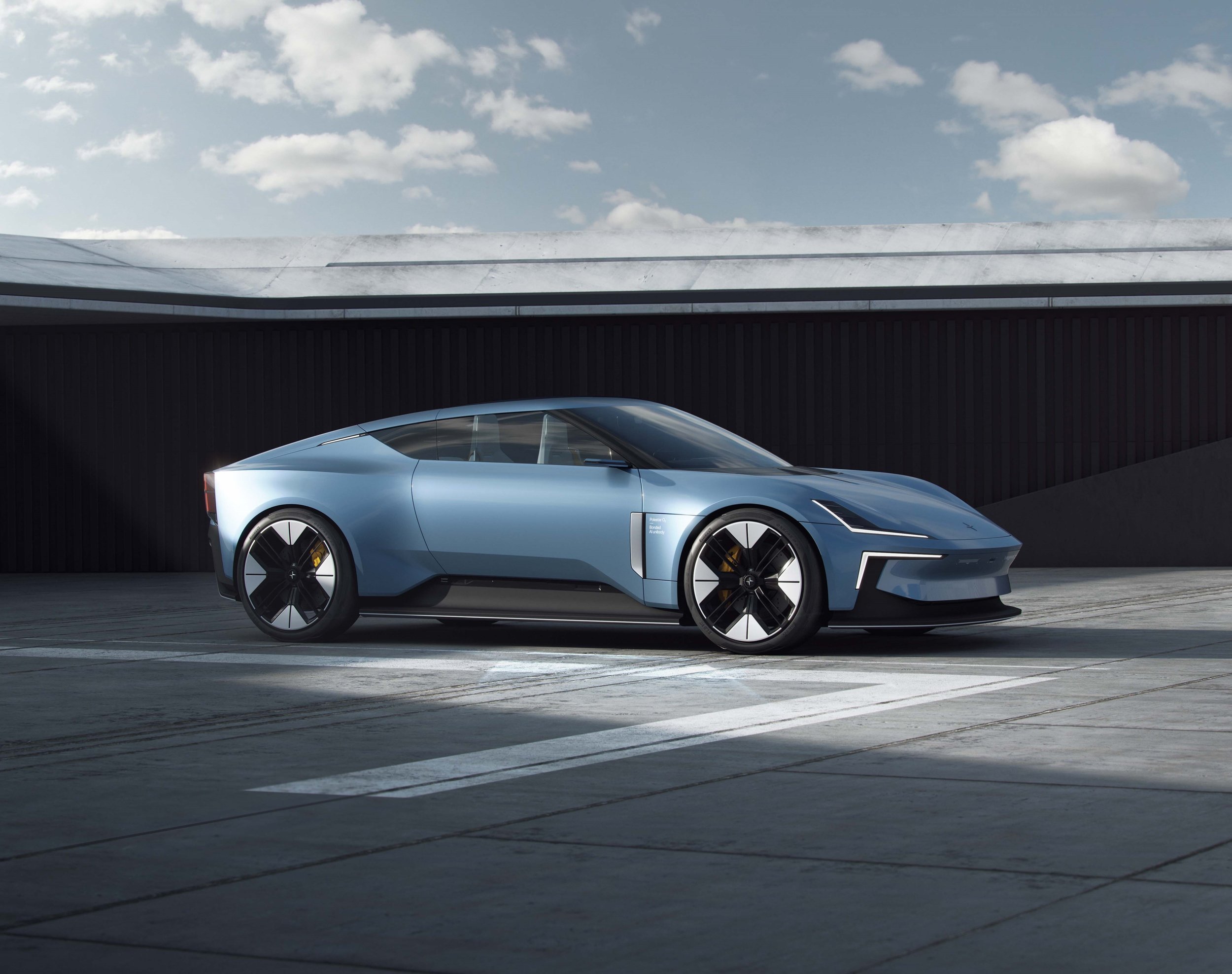



Car interior designer who created some of the most significant cabins of all time, most notably the Porsche 928’s